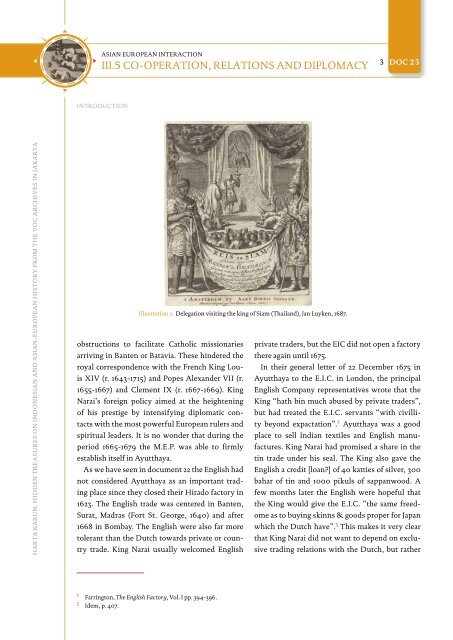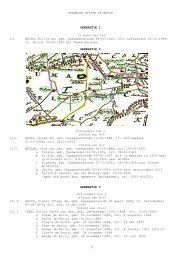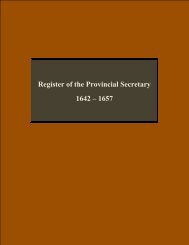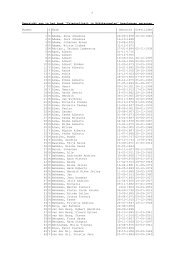HKFULL_Siam_Eng_V20161109
HKFULL_Siam_Eng_V20161109
HKFULL_Siam_Eng_V20161109
You also want an ePaper? Increase the reach of your titles
YUMPU automatically turns print PDFs into web optimized ePapers that Google loves.
ASIAN EUROPEAN INTERACTION<br />
III.5 CO-OPERATION, RELATIONS AND DIPLOMACY<br />
3 DOC 23<br />
Introduction<br />
Harta Karun. Hidden Treasures on Indonesian and Asian-European History from the VOC archives in Jakarta<br />
Illustration 2. Delegation visiting the king of <strong>Siam</strong> (Thailand), Jan Luyken, 1687.<br />
obstructions to facilitate Catholic missionaries private traders, but the EIC did not open a factory<br />
arriving in Banten or Batavia. These hindered the there again until 1675.<br />
royal correspondence with the French King Louis<br />
XIV (r. 1643-1715) and Popes Alexander VII (r. Ayutthaya to the E.I.C. in London, the principal<br />
In their general letter of 22 December 1675 in<br />
1655-1667) and Clement IX (r. 1667-1669). King <strong>Eng</strong>lish Company representatives wrote that the<br />
Narai’s foreign policy aimed at the heightening King “hath bin much abused by private traders”,<br />
of his prestige by intensifying diplomatic contacts<br />
with the most powerful European rulers and ty beyond expactation”. 2 Ayutthaya was a good<br />
but had treated the E.I.C. servants “with civilli-<br />
spiritual leaders. It is no wonder that during the place to sell Indian textiles and <strong>Eng</strong>lish manufactures.<br />
King Narai had promised a share in the<br />
period 1665-1679 the M.E.P. was able to firmly<br />
establish itself in Ayutthaya.<br />
tin trade under his seal. The King also gave the<br />
As we have seen in document 22 the <strong>Eng</strong>lish had <strong>Eng</strong>lish a credit [loan?] of 40 katties of silver, 300<br />
not considered Ayutthaya as an important trading<br />
place since they closed their Hirado factory in few months later the <strong>Eng</strong>lish were hopeful that<br />
bahar of tin and 1000 pikuls of sappanwood. A<br />
1623. The <strong>Eng</strong>lish trade was centered in Banten, the King would give the E.I.C. “the same freedome<br />
as to buying skinns & goods proper for Japan<br />
Surat, Madras (Fort St. George, 1640) and after<br />
1668 in Bombay. The <strong>Eng</strong>lish were also far more which the Dutch have”. 3 This makes it very clear<br />
tolerant than the Dutch towards private or country<br />
trade. King Narai usually welcomed <strong>Eng</strong>lish sive trading relations with the Dutch, but<br />
that King Narai did not want to depend on exclu-<br />
rather<br />
2<br />
3<br />
Farrington, The <strong>Eng</strong>lish Factory, Vol. I pp. 394-396.<br />
Idem, p. 407.






